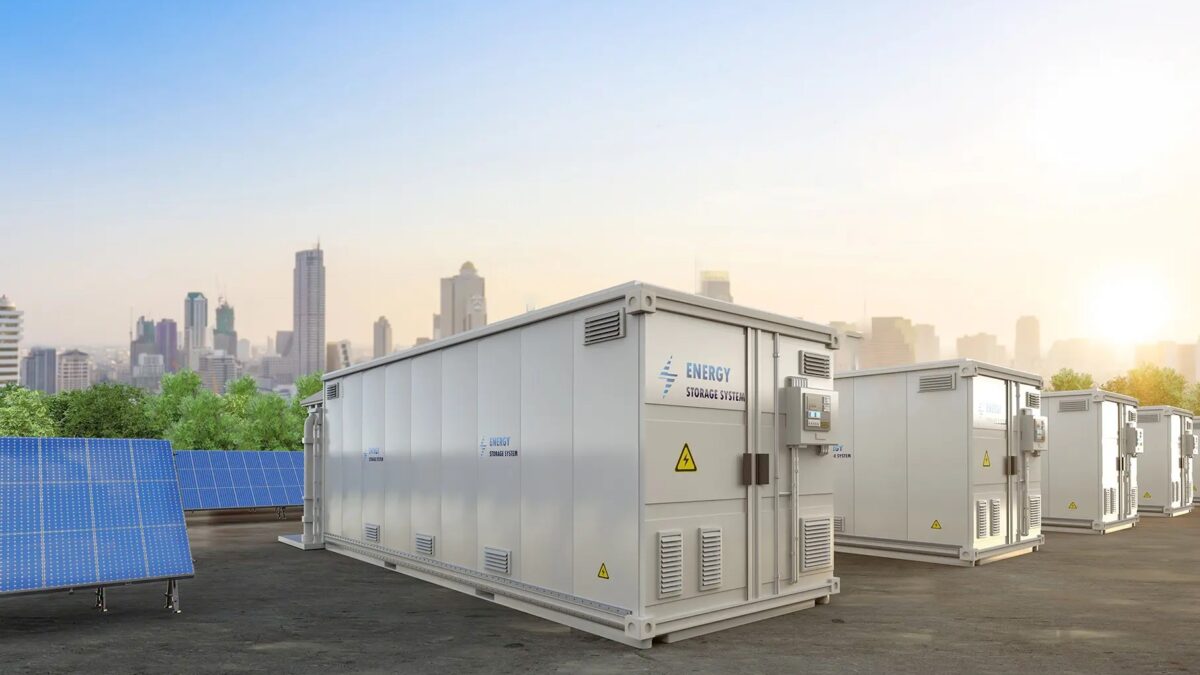India Mandates Energy Storage for Solar Projects to Boost Grid Stability
India pushes energy storage in solar projects to stabilize the grid, cut costs, and meet renewable energy goals.
India’s Power Ministry has issued an advisory requiring new solar power projects to incorporate energy storage systems to enhance grid stability and reduce power costs, according to an official directive.
The advisory, sent to state governments, central generating stations, and renewable energy agencies, mandates that all future solar tenders include co-located ESS with a minimum of two-hour storage, equivalent to 10 percent of the installed solar capacity.
The measure aims to address the intermittent nature of renewable energy sources as India works toward its goal of 500 gigawatts of non-fossil fuel capacity by 2030.
“ESS can help address the intermittency challenges of renewable projects by storing excess energy for use during low renewable energy hours, ensuring a more reliable and stable grid,” the ministry said in the advisory.
India’s installed energy storage capacity stood at 4.86 GW as of Dec. 31, 2024, including 4.75 GW of pumped storage projects and 0.11 GW of battery energy storage systems.
However, projections in the National Electricity Plan indicate that the country will require 73.93 GW/411.4 gigawatt-hours of storage capacity by 2031-32 to accommodate the planned 364 GW of solar and 121 GW of wind energy.
Rooftop Solar and Economic Benefits
In addition to utility-scale projects, the advisory suggested that distribution licensees consider mandating two-hour storage for rooftop solar installations, which could enhance consumer reliability and alleviate power injection surges during peak solar hours.
By implementing this requirement, India could add approximately 14 GW/28 GWh storage capacity by 2030. The ministry noted that falling battery costs could further reduce power purchase expenses during evening hours when solar generation is unavailable, and exchange prices are high.
The advisory outlined operational flexibility for storage systems, allowing them to operate in a single-cycle mode — charged by co-located solar and discharged during evening hours — or a double-cycle mode, where they are additionally charged using off-peak grid power for later use during high-demand periods.
“Integrating storage with solar projects will not only support grid stability but also offer economic benefits such as improved evening transmission utilization, reduced transmission costs, and enhanced energy security,” the advisory stated.
Also Read:
India’s Power Demand to Double by 2032, Renewable Energy to Lead Transition

